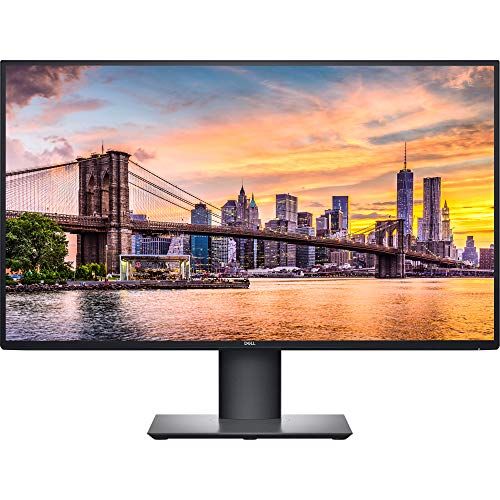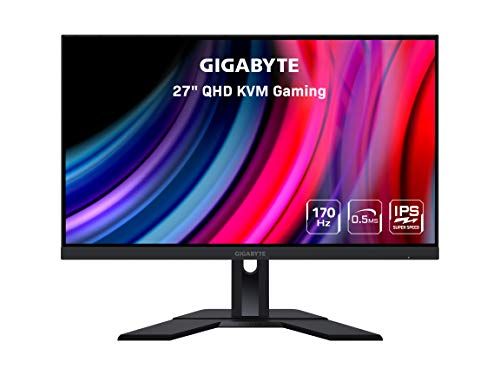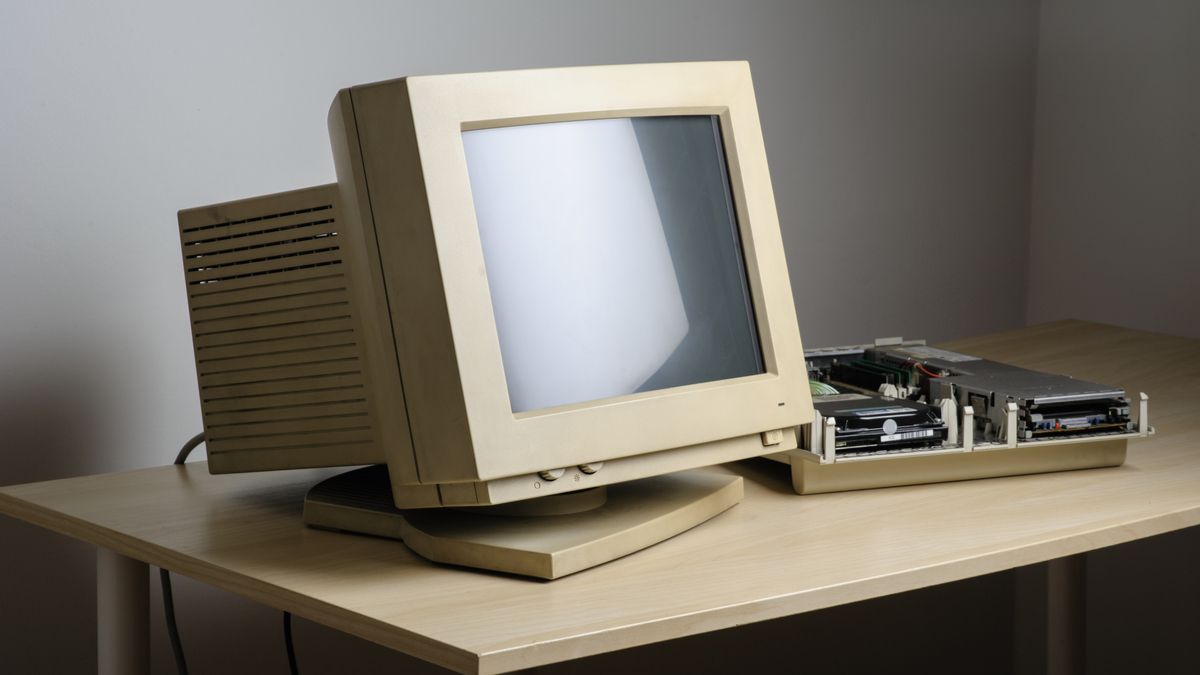Quick Links
While it's easy to get attached to tech you've used for years, a run-down monitor with poor image quality and hardware issues keeps you from experiencing the best in productivity and entertainment. Here's how to know it's time to upgrade.
Common Monitor Hardware Issues
It can be hard to let go of an old monitor that's been around for so long. But at a certain point, you need to move on. You're better off replacing a monitor that has terrible image quality or dead pixels, is ghosting (where moving objects have blurry trails following them), has a red line running down the middle of the screen, or shuts off randomly.
These obvious hardware issues are not only annoying, but they can also be costly to fix. In most cases, it's going to be cheaper and much easier to replace the monitor than trying to fix it. You don't have to get a big upgrade, either. Replacing your faulty monitor with something like the AOC G2490VX 24-inch Gaming Monitor may be just what you need. Something like this won't burn a deep hole in your pocket, and it'll be a fantastic upgrade from your current monitor for many years to come.
Low Resolution for Modern Standards
In today's age, having a monitor that provides excellent image quality makes your favorite activities more enjoyable. Who doesn't want to watch movies, play video games, laugh at funny YouTube videos, or swipe through your Instagram feed with stunning clarity?
Although usable, it's not fun using an old and dull monitor that doesn't provide you with the vibrant, clear, and life-like graphics you deserve. If you spend a lot of time behind the screen, replacing your old monitor with something like the Dell UltraSharp U2720Q will be worth it. Say goodbye to the blurry, bland, and pixelated screen!

Dell UltraSharp U2720Q
This 27-inch monitor offers 4K resolution and delivers the best pixel density, color accuracy, and brightness for any activity.
Upgrading to a monitor with better image quality may also improve your productivity. This is especially true for those in the design field, including graphic and game designers, photographers, video editors, and artists. Being able to clearly see the colors and images you're working with makes it easier to get the job done right.
Games and Apps Are Unresponsive and Choppy
If you're an avid gamer or even a casual one at that, you will greatly benefit from upgrading to a gaming monitor. Those who don't play video games will still appreciate all that gaming monitors have to offer.
Nowadays, you'll find regular monitors offering the same features that gaming monitors have. This includes faster response times, higher resolutions and refresh rates, picture-perfect image quality, and G-Sync and FreeSync support.
For a more immersive experience, while gaming or browsing the web, a gaming monitor is the way to go. One of the main features you'll value most is the higher refresh rates. Higher rates result in smoother visuals with less motion blur.
For competitive gaming, upgrading to a monitor with at least 120Hz is an essential upgrade that will give you a significant competitive edge over a 60Hz monitor. It'll also make any activity on the computer feel more fluid and responsive, such as scrolling through web pages and working with programs. An ideal choice is the Gigabyte M27Q.

Gigabyte M27Q
This 144Hz gaming monitor with a 0.5 milisecond response time will improve your gaming experience and productivity.
If you invested in a high-end PC or laptop, or even a mid-tier one with a decent graphics card and CPU, upgrading to a gaming monitor is the best way to get the most out of your investment. You'll be able to experience the true power of your machine on a display that can handle it.
You Often Run Out of Screen Space
Do you ever feel like you're constantly scrolling up and down or side to side because your screen isn't big enough to display websites and other content? Or are you constantly zooming in and out because the text is too big or small? Do you have to switch between apps constantly because you can't fit more than one on-screen?
If you answered yes to any of those questions, then you'll want to upgrade to a monitor with a larger screen. It'll make your daily activities easier to work with which ultimately boosts your productivity. A larger monitor gives you more space to work with, which makes it easier for you to get things done. An excel sheet with a bunch of columns? No problem.
You'll also be able to see more when you're watching movies, playing games, or working on projects. No more squinting your eyes or zooming in to see what's going on. Snap windows into place next to each other to maximize productivity.
You don't have to upgrade to an enormous ultrawide monitor, either. A 24-inch or 27-inch monitor should do just fine. Of course, if you think you'll benefit from a 37-inch ultrawide monitor, go for it! Just beware of the hefty price tag.

